Your grocery delivery arrives in plastic bags…
Educators are clearly addicted to laminating…
You see bags full of plastic, disposable nappies go to landfill each day…
Staff buy coffee in disposable, single use coffee cups…
Does this picture sound familiar to you?
Early education centres sure can be hubs for creating plastic waste, with most of this going to landfill or even worse, escaping into the environment. It’s great to see lots of childcare services getting involved in Plastic Free July. But you can take stock of the plastic in your life, and explore plastic-free alternatives at any time of the year. This blog is to help early education services to break up with plastic gradually. The tips provided are also relevant to other settings such as reducing plastic products and packaging at home.
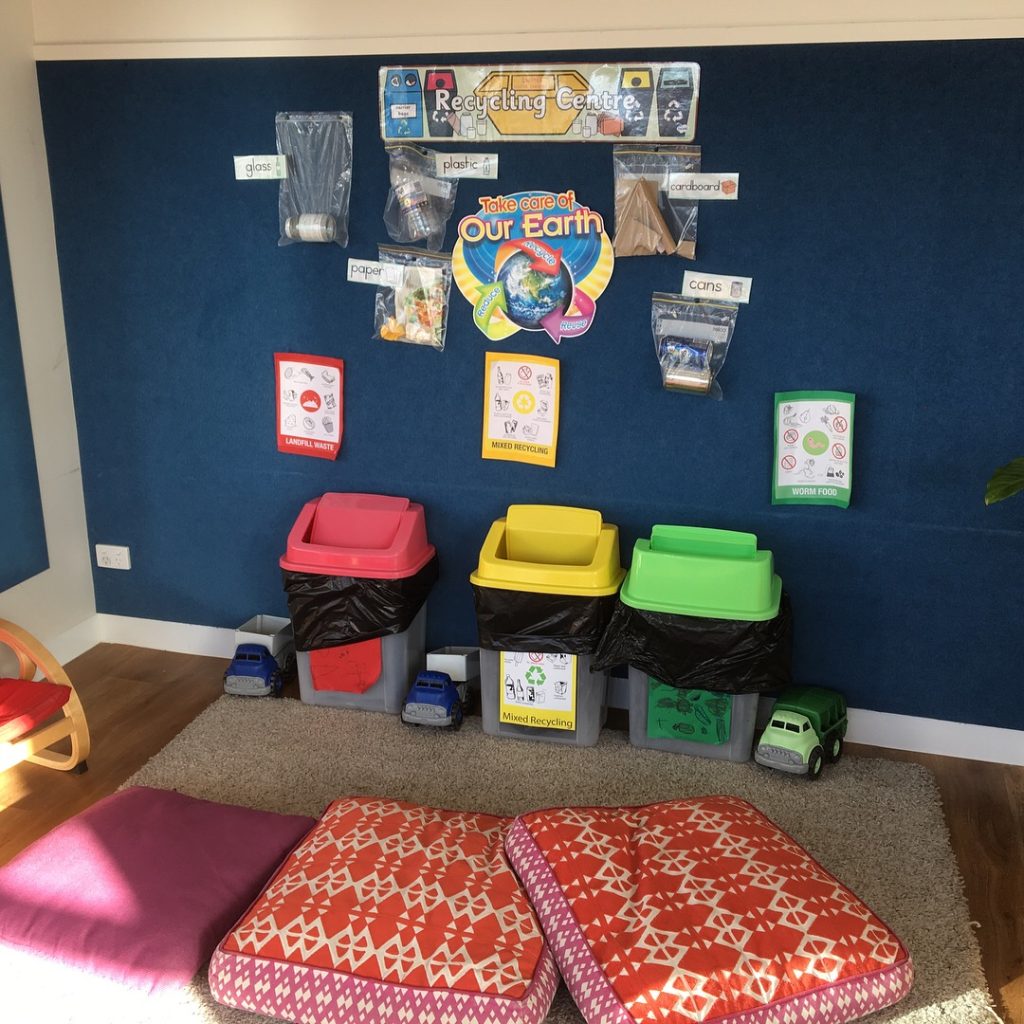
Plastic is designed to last…and last… and last… which is its benefit and also its downfall when it gets into the environment. It’s important to explore the impact of plastics with children and help them to practice recycling, but are you leading by example in reducing your personal and/or organizational reliance on plastic products or packaging? Switching just one product to a plastic-free alternative can make a huge difference to reduce the plastic waste you create over time. Are you ready to break up with plastic? Read on below for some steps to help get you started at any stage of your plastic-free journey.
Here’s 5 steps to help you go plastic-free in your early years service:
- Understand your regular sources of plastic waste
- Start small and make sure it’s achievable
- Get others involved in the process
- Don’t be afraid of reusable nappies!
- If there is no other way around buying/using plastic, think before you buy about how you’ll dispose of this responsibly when you’re finished with it.
1. Know your waste
Understanding your waste and the items made of plastic will help you make a plan of attack. There’s a couple of ways we’d suggest to do this. The first is to pay close attention to the items on your shopping list. Most centres have a regular shopping list where items don’t change much. If you order online, chances are there’s a copy of your shopping list saved. Don’t use a shopping list? It might be a good time to start if you are looking to reduce your plastic consumption as ‘planning is key.’ After your items arrive, take photos and notes on the different products made of or wrapped in plastic. If you make different orders e.g. groceries, cleaning products, craft, toys, toilet paper, bulk meats etc., take notes and photos of each order.
The other option is a bit messier: get curious about the waste you create. Waste audits are an eye opener. It’s fascinating to see how much, and what type of waste we create. We’ve provided some tips in our Recycling Right blog (see point number 3) to get you started. You can choose to do a centre-wide waste audit, or audit the waste in each room. For a certain period of time (a week is a good amount of time), gather your waste from the general and recycling bins. If you’re planning on conducting the audit on the waste in your large bins outside, time it with the afternoon before your bin pickup/s.
Empty the rubbish onto tarps (keep the recycling and general waste separate). Pictures speak a thousand words so make sure to have a camera handy. If you come across nappy bags – don’t open them, just note how many bags there are. Also, if you are already collecting green waste/compost, you won’t need to audit this as it shouldn’t contain plastic (except for home compostable plastic). With the contents laid out on the tarp, ask yourself – Which items are made of plastic? Which items have plastic packaging? Is it soft or hard plastic? What waste can be recycled, composted or will likely end up in landfill? Use your waste and/or shopping audit activities to stimulate discussion between educators, children and perhaps your families about what plastic item/s you could swap to other materials that are better for the environment.
Ok, so you’ve got a clearer idea of the plastic items you buy/use. Let’s move onto our second tip…
2. Start small
It’s not about getting it perfect, it’s about practice and gradual improvement over time. Aiming to go zero plastic waste from the get go is setting yourself up for failure and disappointment. Looking at the items you buy or the waste you create will help you come up with a plan for which items you can swap to plastic-free. Choose no more than 3 items to start with and choose the low hanging fruit first (easily achievable). Make sure to include these actions in your Quality Improvement Plan with a due date for completion. Could you switch to toilet paper, tissues or paper towels that are wrapped in paper and cardboard packaging rather than plastic? Can you buy your fruit and vegetables loose rather than in plastic bags?
Once you’ve chosen the products you want to tackle, research other plastic-free alternatives, do a cost analysis and think through how you will dispose of the item/s once you’re finished with it. Will the plastic-free item cost more or less than what you pay already? Do you need to change suppliers? Sometimes it may be as simple as chatting with your existing fruit and veggie supplier and requesting they deliver your products loose in a cardboard box. *Tip – waxed coated cardboard is generally not able to be recycled but can be composted. Perhaps you’d like to group your list of items into:
- Easily achievable to swap to plastic free alternative
- Needs more thought, time and input
- “Feels impossible! I need to get help and insight from others who have achieved this.”
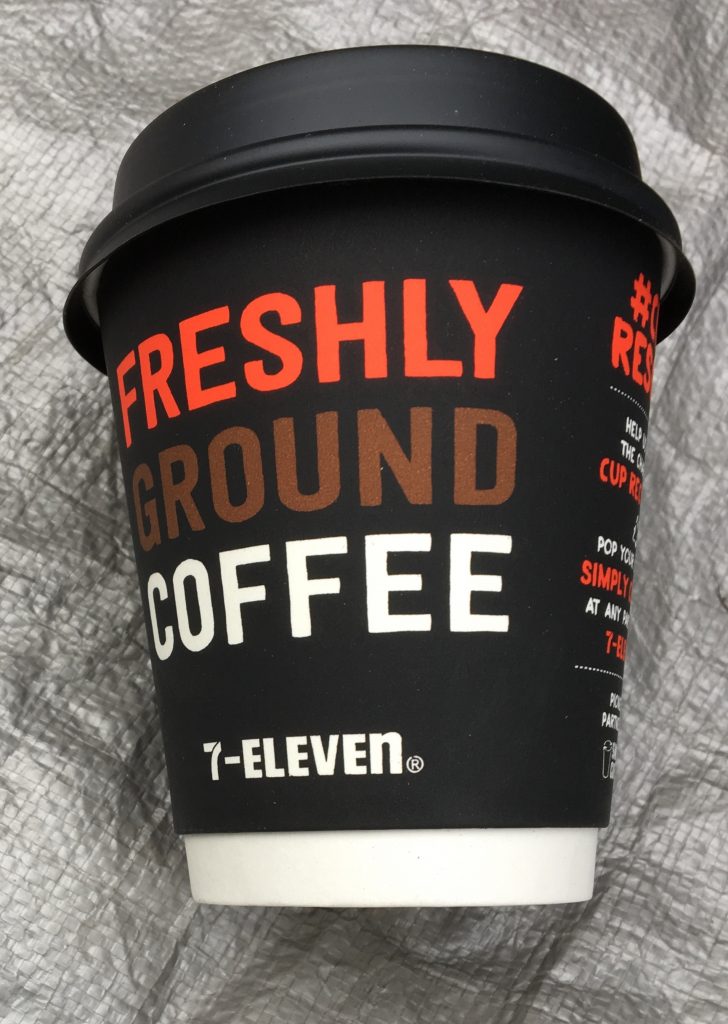
Plastic Free July has a handy checklist (see below) to get started which focuses on single use plastics and the associated environmental impact. The aim is to stop consuming plastic items at the source. Even if an item can be recycled we can’t be assured it will be recycled right (a survey in Australia found only 9.4% of plastic rubbish gets recycled – the rest ends up being burnt in landfill or lives on in the environment).
3. Involve staff, children and families
Communication is key to successful change. Involving others as much as possible in decision making will help increase motivation to support change, bring different perspectives to the discussion, and identify challenges you may not be aware of. Perhaps you could ask families to help with your shopping or waste audit? Are any families or staff working on reducing their plastic use at home? – they could provide valuable insight to help with your transition. Get children and educators involved in the audits and deciding what plastic items to switch to alternatives! Staff or committee meetings are a great way to get educators’ and/or parents’ thoughts and brainstorm ideas to try and achieve your plastic-free goals. Commit to and assign actions to certain people and report on outcomes at the next meeting.
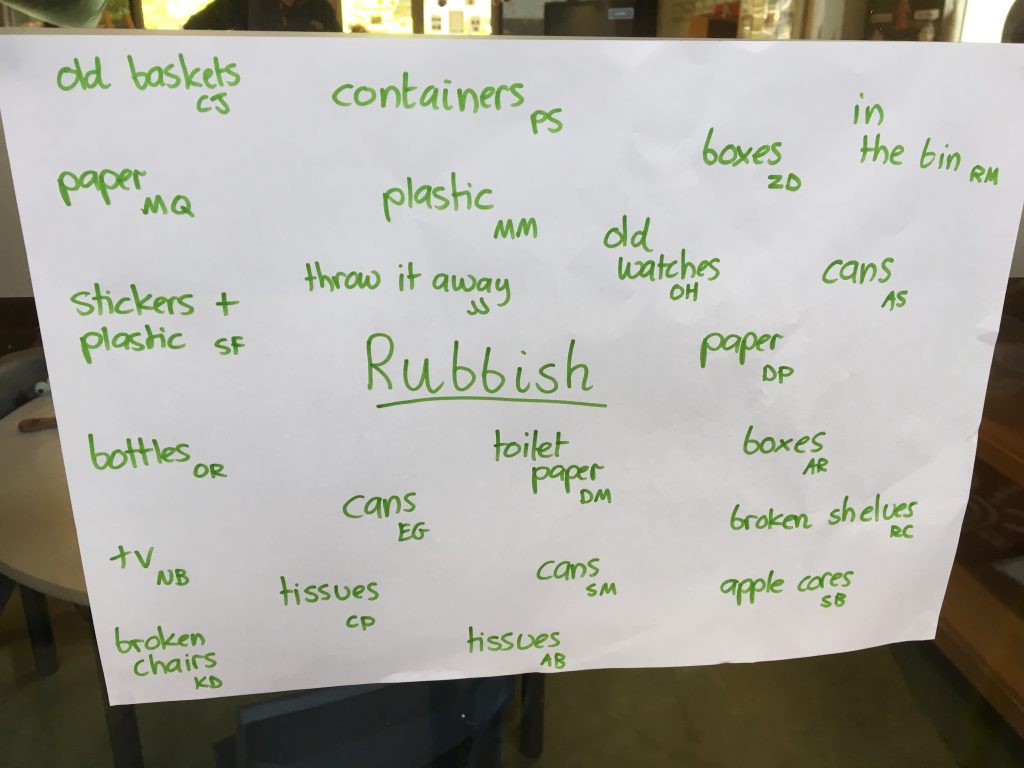
Some plastic-free initiatives may take more time and thought to come to life. Change may require developing or updating policies first. For example, starting litter free lunches (if families provide the food for children); no takeaway coffee cups – all educators are to be provided with and use reusable cups; no plastic glitter used at the centre; switching to reusable nappies; only buying toys made of natural materials like wood instead of plastic.
If you are looking for inspiration on how to get kids involved in understanding the impacts of plastic and making plastic-free choices, check out our Early Childhood Activities for Plastic Free July. We also have a range of incursions available to explore waste topics with children 3 to 5 years.
4. Don’t be afraid of reusable nappies

Gone are the days of using large, awkward safety pins on cloth nappies. The reusable nappy industry has advanced in leaps and bounds. There are now lots of varied options (new or second hand) to make it easy and cost effective to switch to environmentally friendly nappies. Long day care centres with children under 3 will know that plastic disposable nappy waste makes up the majority of the rubbish created. Some councils estimate between 10-25% of their waste is disposable nappies. Don’t know where to start? Check out our blog on how to reduce disposable plastic nappies and switch to modern cloth reusable nappies.
5. Refuse, reduce, reuse, recycle plastics
This blog has focused on reducing plastic items or packaging at the source. Refusing to buy or create plastic rubbish puts pressure on suppliers to come up with plastic-free alternatives. We as consumers have power to make change. Until recently, zero waste food shops were rare – now they are in demand and popping up everywhere! Living a zero plastic life is almost a full time job, but reducing plastic waste bit by bit, is achievable for everyone.
When you look at the plastic items you buy/use, think about if you can reuse these items to give them a new life. Reuse before you recycle whenever possible. Looking for inspiration to reuse plastic? Check out 5-Minute Crafts’ 34 Ways to Reuse Plastic Items.
So you’ve done a check through the things that you buy and it’s not possible right now to switch some items to plastic-free alternatives. You still have a choice to buy/use plastic that can be composted or recycled easily. For hard plastic, check with your waste service provider on what hard plastic can and can’t be recycled. Most soft plastic can’t be recycled in our normal recycling bins.
That’s where REDcycle comes into play. They recycle soft plastics (that you can scrunch into a ball) and recycle this with their manufacturing partners into all sorts of things including outdoor play equipment. How cool is that! You can find their collection bins at most Coles and Woolworths stores. Check out the locations on where you can REDcycle here. At the moment, early education centres and schools are unable to collect soft plastic and get this picked up – we hope this changes in the future. However, it’s easy to set up soft plastic collection bins and start a roster to take these to existing collection points once full. See how St Joseph’s College in Geelong does it here.
It feels good to break up with plastic. Just remember – refuse and reduce first, then if you have no other choice but to use plastic, make sure you can reuse and recycle it to keep it from going to landfill.
Written by Meagan Williams and Carolyn Luder.

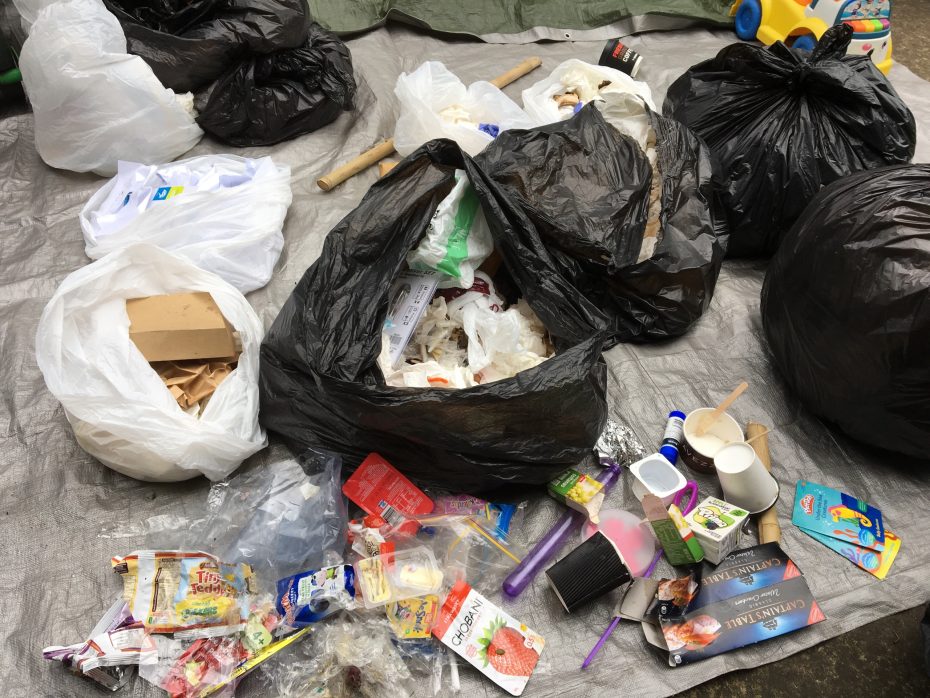
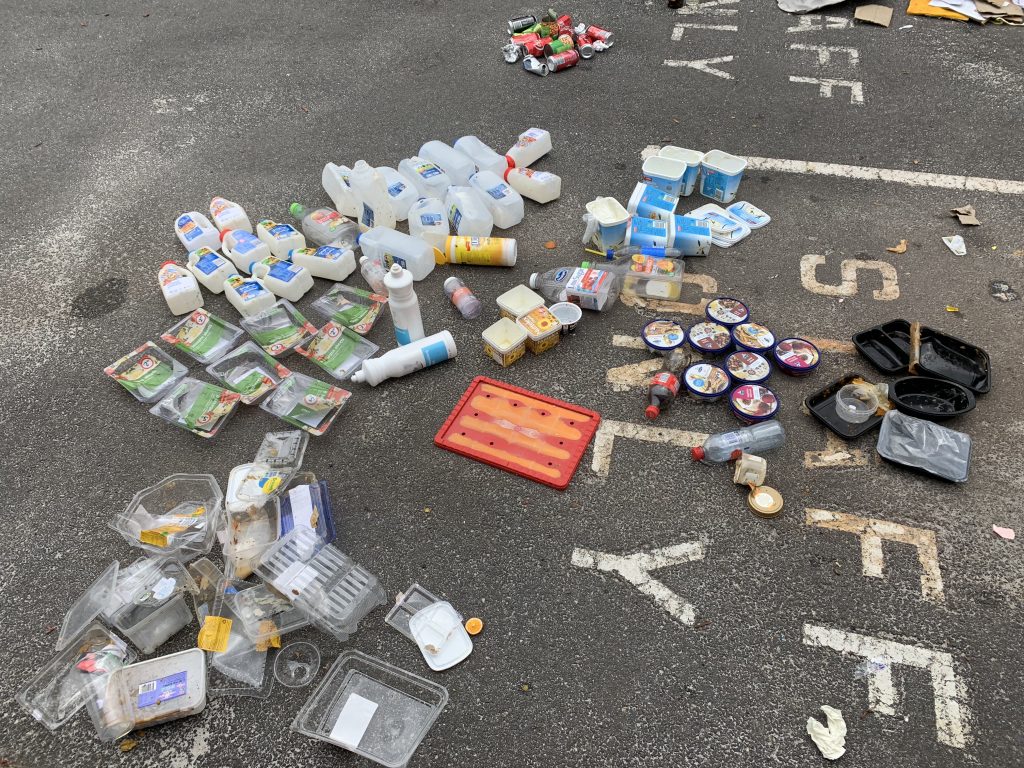

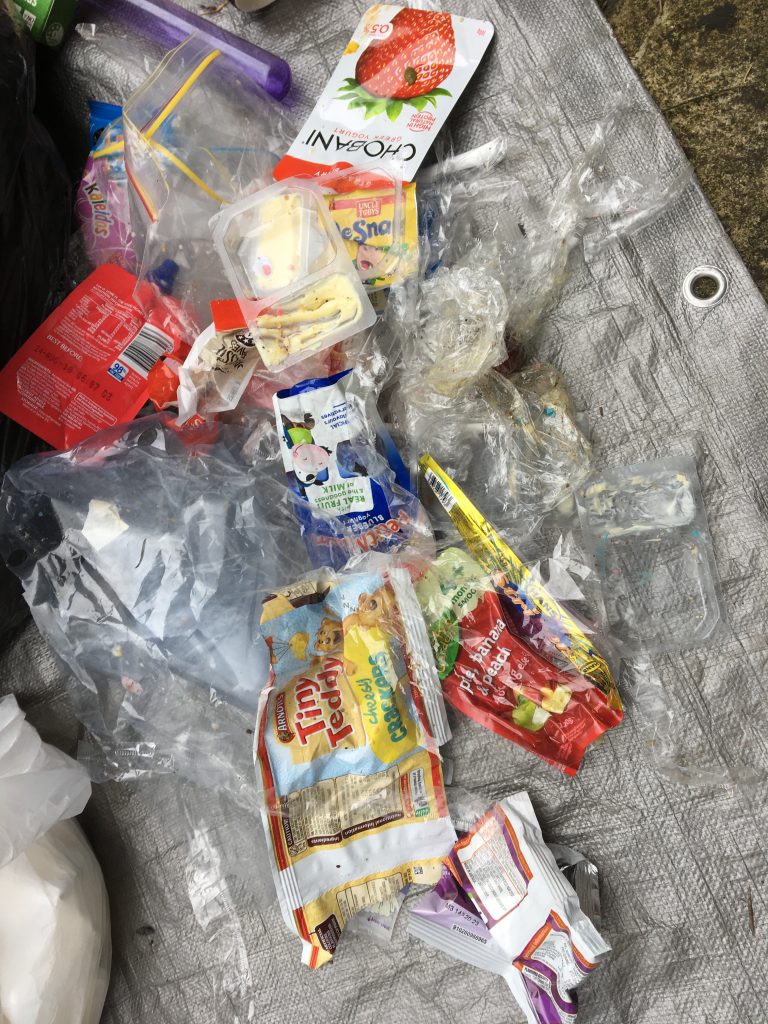
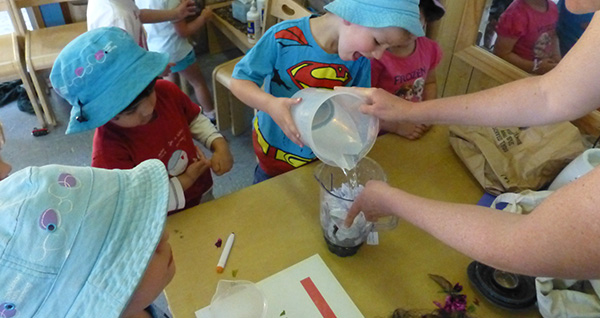

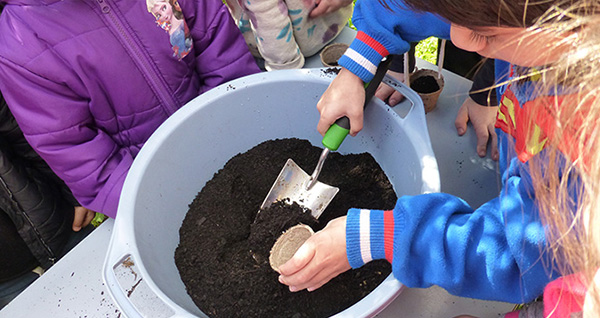
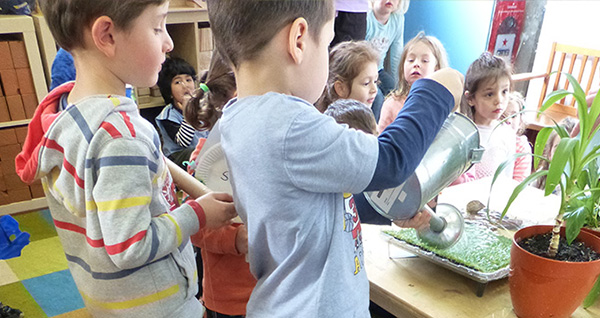
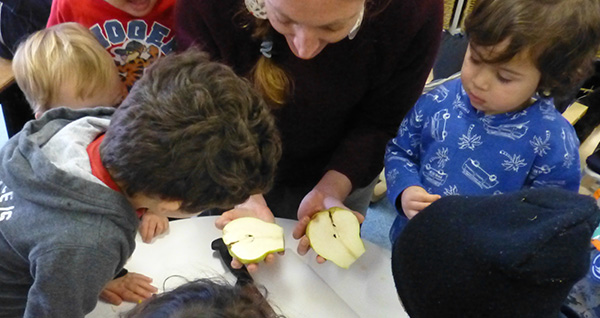
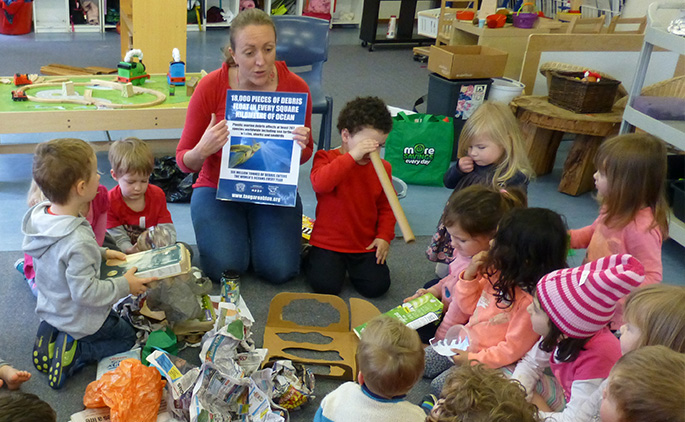
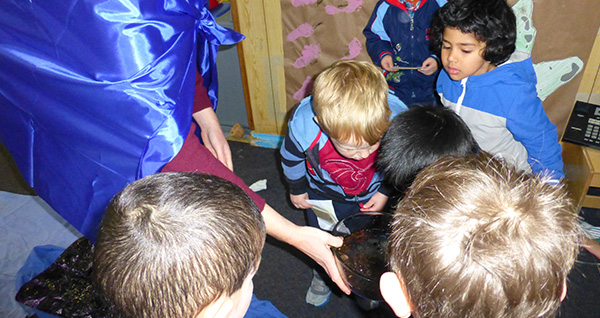
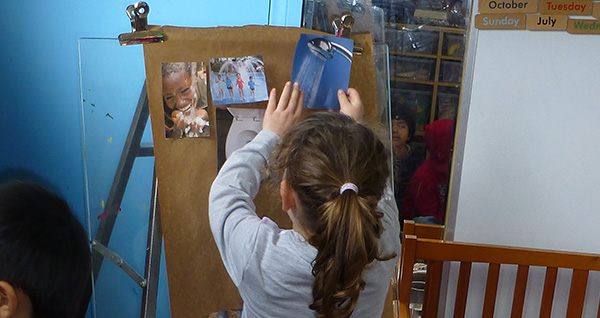

Comments 1
The scenario you’ve painted is unfortunately all too familiar, illustrating the pervasive use of single-use plastics in early education settings. It’s encouraging to witness an increasing number of childcare services participating in initiatives like Plastic Free July, demonstrating a collective commitment to reducing plastic waste. The call to action to take stock of plastic usage and explore plastic-free alternatives throughout the year is crucial. This blog serves as a valuable guide for early education services, offering practical tips to gradually break up with plastic. Importantly, the tips provided aren’t confined to childcare settings but are applicable to homes as well, emphasizing the universal importance of reducing plastic products and packaging. It’s a timely reminder that small, sustained efforts at the individual and institutional levels can lead to meaningful reductions in plastic waste, contributing to a more sustainable and environmentally conscious future.